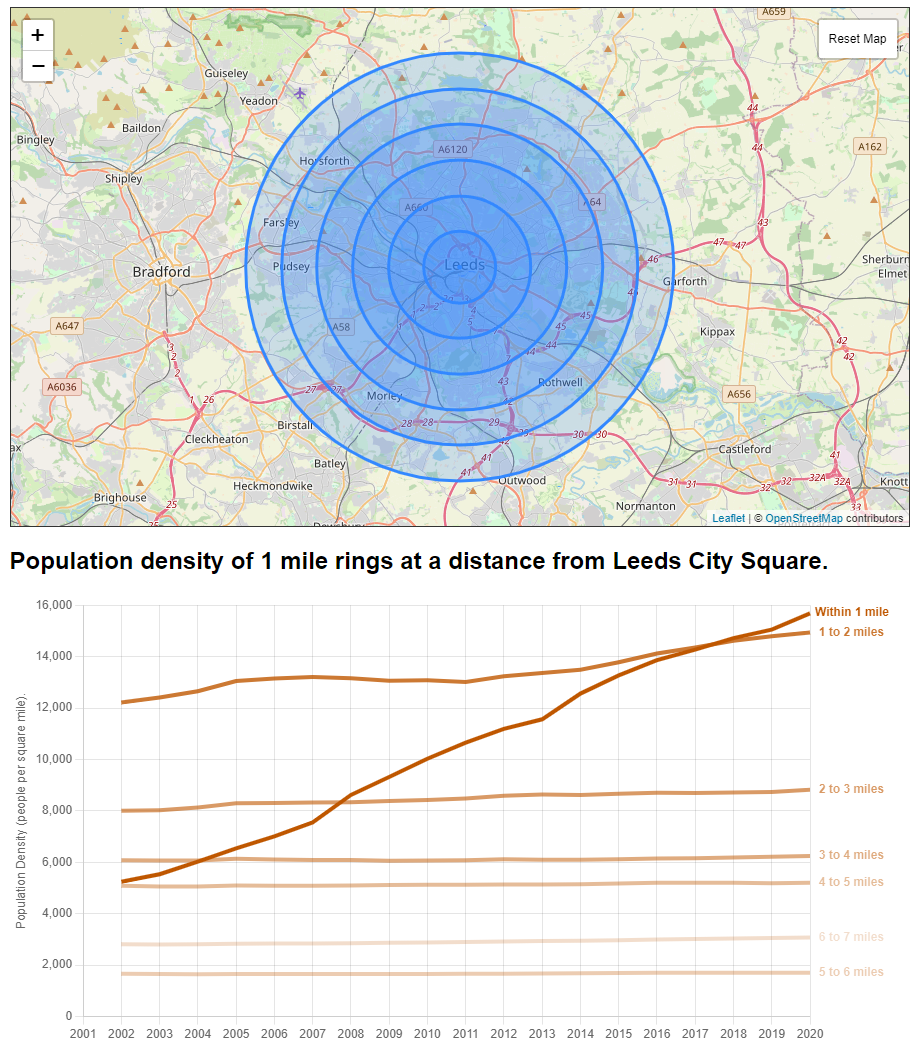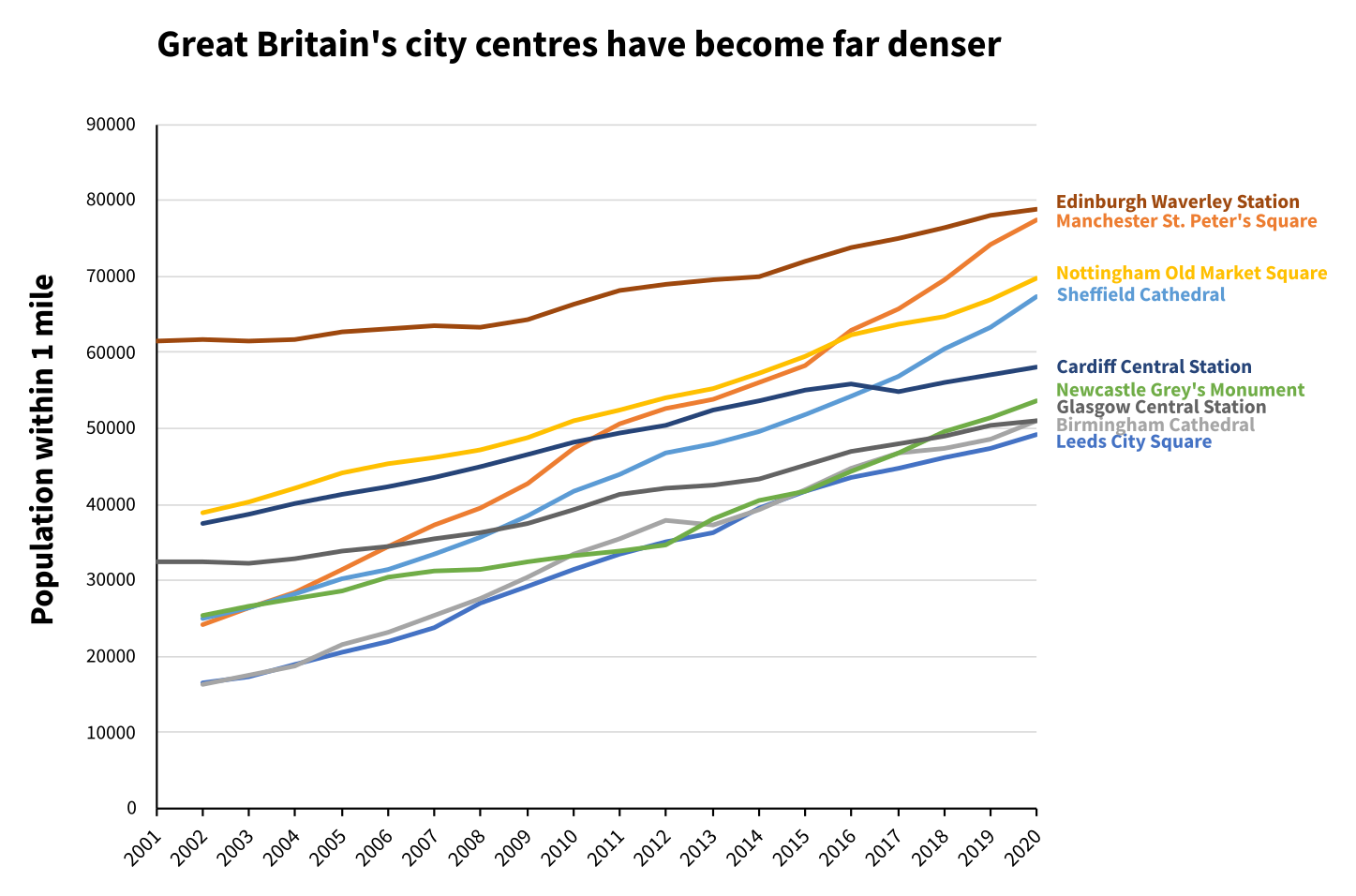
Brownfield first!
, .
Town planners and the planning committees of local councillors that they work with don't seem to be hugely popular in the UK. They should be.
The Leeds Site Allocations consultation process began in 2013. It received about 10,000 responses. Each one was read, processed, and considered by town planners.
A large majority of these responses oppose specific developments, largely on greenbelt land, greenfield land, and suburban brownfield land. Many believe that Leeds does not need as much housing as proposed. Those that do think homes are required overwhelmingly prefer building on central brownfield sites.
Central Leeds was the only part of the city where comments in support of development came close to balancing comments in opposition. Though on both sides the response rate in central Leeds was very low.
During consultation, since consultation, and by legal challenge since the publication of the plan, the amount of building on greenbelt land in the Leeds Site Allocation plan has been significantly reduced. The growth of Leeds has instead further concentrated in the city centre, within a mile or two of the train station.
I'd read lots of stats about the increase in population in the city centre, but I'd never checked the data. So a few weekends ago I built a tool to do just that.

My tool calculates the number of people living within 1 miles, 2 miles, 3 miles, etc... of anywhere in Great Britain. It also calculates the density that they live. So I looked at Leeds.
The population growth in the city centre is astonishing. But equally astonishing to me is that the population outside of the city centre, in the suburbs, has barely grown at all, and even slightly shrunk in many desirable suburbs.
All the cities (except in South England).
I decided to check whether other city centres in Great Britain have become more dense too. They have. Mostly they've done so even more than Leeds.
ps. as almost always on the topic of housing I have not examined data for the South of England. It is different to where I live. My tools work there and if you live there you will have much better context to understanding what is happening where you live than me.

This data and the tool I built to explore it pose more questions than they answer. There are many effects to explore, many stories to check for truth, and a lot of emotion to deal with. These are not easy discussions to have and I'm going to avoid the toughest topics below to give myself a break from the abuse that I would get.
But here are some of my safer thoughts on the data and how we might interpret it,
- At least some of the increase in city centre population is due to increased numbers of students. We could explore this from the datasets I've used by examining how the age profile of the rings has changed.
- Even though population in the suburbs of our cities has largely not grown, this does not necessarily mean that no new homes have been built there (though this is largely the case). As children have left suburban homes, populations within the same homes have declined. We have good data on the location of new homes and could explore this.
- More people are choosing to live in city centres for a mix of reasons. These are largely because housing costs are lower (though public data on rents remains poor in the UK making this hard to prove), and because their homes are closer to work, leisure, and public transport.
- The number of empty homes in suburban Leeds remains very low and demand for homes remains high. What few empty homes there are in Leeds remain concentrated in the inner city, where building rates are highest.
- City centre population densities in UK cities remain below those of the most dense cities (Paris is 50,000 people per square mile for example, double the density of the 0 to 1 mile central ring of Manchester and Edinburgh).
- City centres with trams seem to have been able to densify more than those without them. Cities with metros seem to have densified over a greater distance than one mile.
The people of Leeds, and I suspect other cities in the UK, asked their local politicians and their local planners to build as few homes as possible and to concentrate those homes on brownfield sites in city centres. Local politicians and local planners delivered. They did what democracy told them to. And while I would have preferred many more homes in many more places, I cannot fault good people for doing their job well.